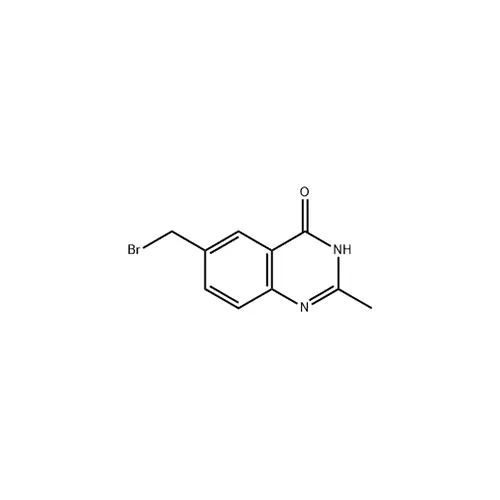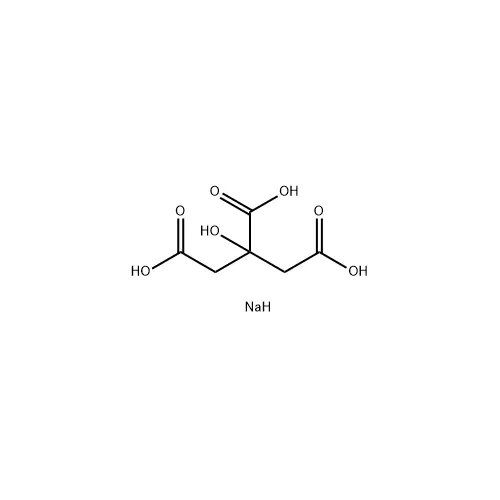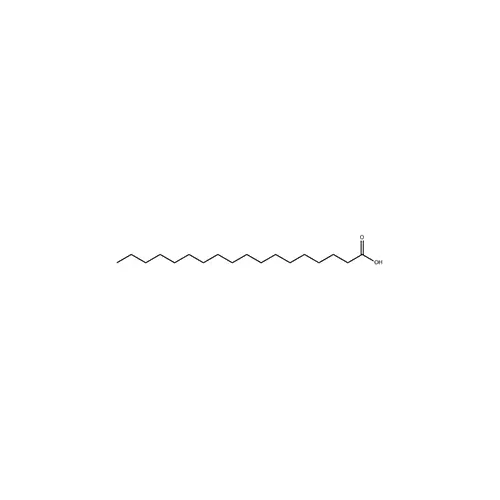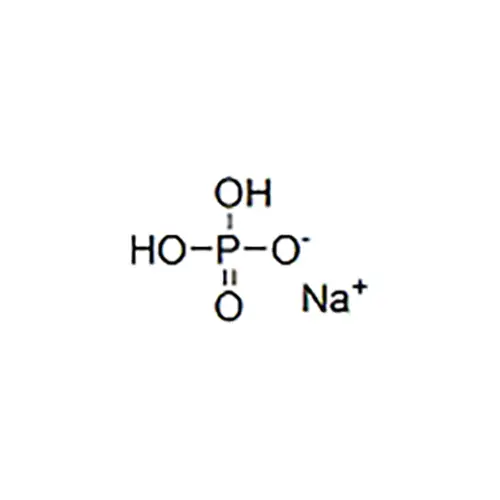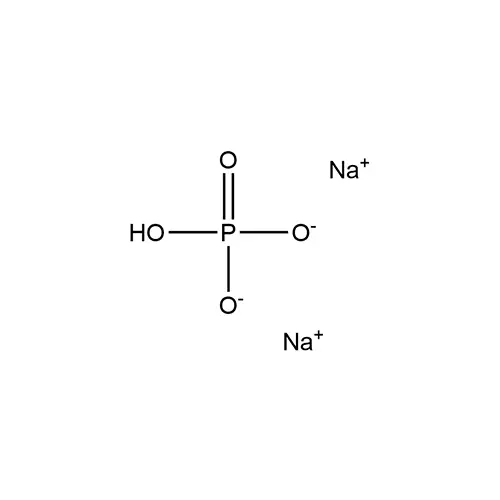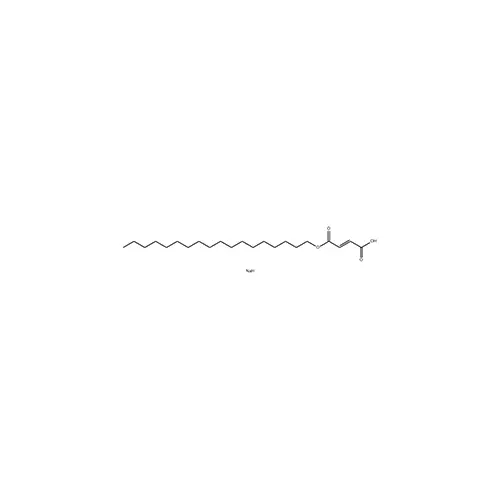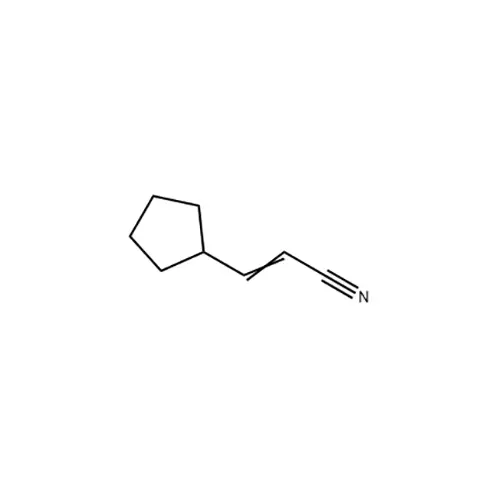

Product: Ruxolitinib
Description: CAS: 591769-05-0; Ruxolitinib manufacturer; Ruxolitinib intermediate; Anti-Tumor
Category: Anti-Tumor
In-stock: In Stock
Payment Method: T/T, L/C
Shipping Method: AIR, Express
Product Information
| CAS No. |
591769-05-0
|
| End Use |
Ruxolitinib
|
| M.F. |
C9H12
|
| M.W. | 120.19 |
| Assay | 98% |
| Shelf Life | 2 Years |
| Package | 25kg/drum |
| Highlight | 3-cyclopentylacrylonitrile 591769-05-0 CAS: 591769-05-0 Ruxolitinib Ruxolitinib intermediate 591769-05-0 |
Related Products
Additional Information
- 3-Cyclopentylacrylonitrile and its derivatives are used in the preparation of ruxolitinib intermediates and trasitinib phosphate.
- 2-Propenitril, 3-cyclopentyl-, chemical formula C9H13N, is an organic compound. The following is a description of its nature, use, formulation and safety information:Nature:
-Appearance: 2-Propenenitrile,3-cyclopentyl-is a colorless liquid.
-Density: Its density is about 0.89g/cm³.
-Melting point and boiling point: Its melting point is -30°C, and its boiling point is 192-193°C.
-Solubility: 2-Propenitrile, 3-cyclopentyl-has low solubility in water, but is soluble in organic solvents such as ethanol and ether.Use:
-2-Propenitrile, 3-cyclopentyl-is commonly used as an intermediate in organic synthesis. It can be used to synthesize a variety of organic compounds, such as drugs, dyes and polymers.
-It can also be used as a solvent, especially as a catalyst solvent in organic synthesis reactions.Preparation Method:
-2-Propenitrile, 3-cyclopentyl-can be prepared by a variety of synthetic methods. A common method is to thermally react cyclopentene and propionitrile in a hot ethereal solvent to give the product.
-In addition, it can also be synthesized by other methods, such as hydrogenation reaction using a catalyst to introduce the corresponding substituent into the acrylonitrile molecule.Safety Information:
-2-Propenitrile, 3-cyclopentyl-generally does not cause significant harm under normal use conditions.
-However, like most chemicals, it can cause irritation to the skin, eyes and respiratory system. Therefore, it is recommended to wear appropriate protective equipment, such as gloves and glasses, to ensure proper ventilation when handling and using.
-In case of contact with skin or eyes, rinse immediately with plenty of water and seek medical help if needed.

